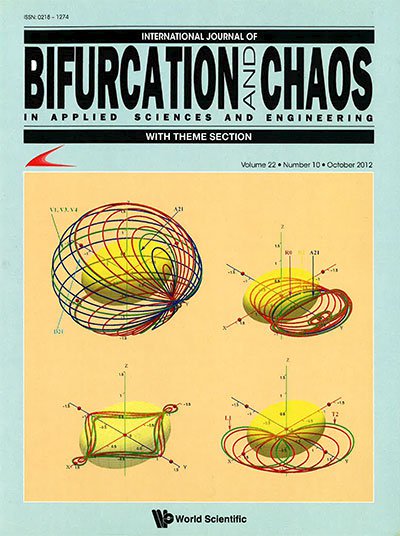EFFECTS OF QUANTIZATION, DELAY AND INTERNAL RESISTANCES IN DIGITALLY ZAD-CONTROLLED BUCK CONVERTER
Abstract
Zero Average Dynamics (ZAD) strategy has been reported in the last decade as an alternative control technique for power converters, and a lot of work has been devoted to analyze it. From a theoretical point of view, this technique has the advantage that it guarantees fixed switching frequency, low output error and robustness, however, no high correspondence between numerical and experimental results has been obtained. These differences are basically due to model assumptions; in particular, all elements in the circuit were modeled as ideal elements and simulations and conclusions about steady state stability and transitions to chaos have been carried out with this ideal model. Regarding the practical point of view and the digital implementation, we include in this paper internal resistances, quantization effects and 1-period delay to the model. This paper shows in an experimental and numerical way the effects of these elements to the model and their incidence in the results. Now, experimental and numerical analyses fully agree.
| Remember to check out the Most Cited Articles! |
|---|
|
Check out our Bifurcation & Chaos |


